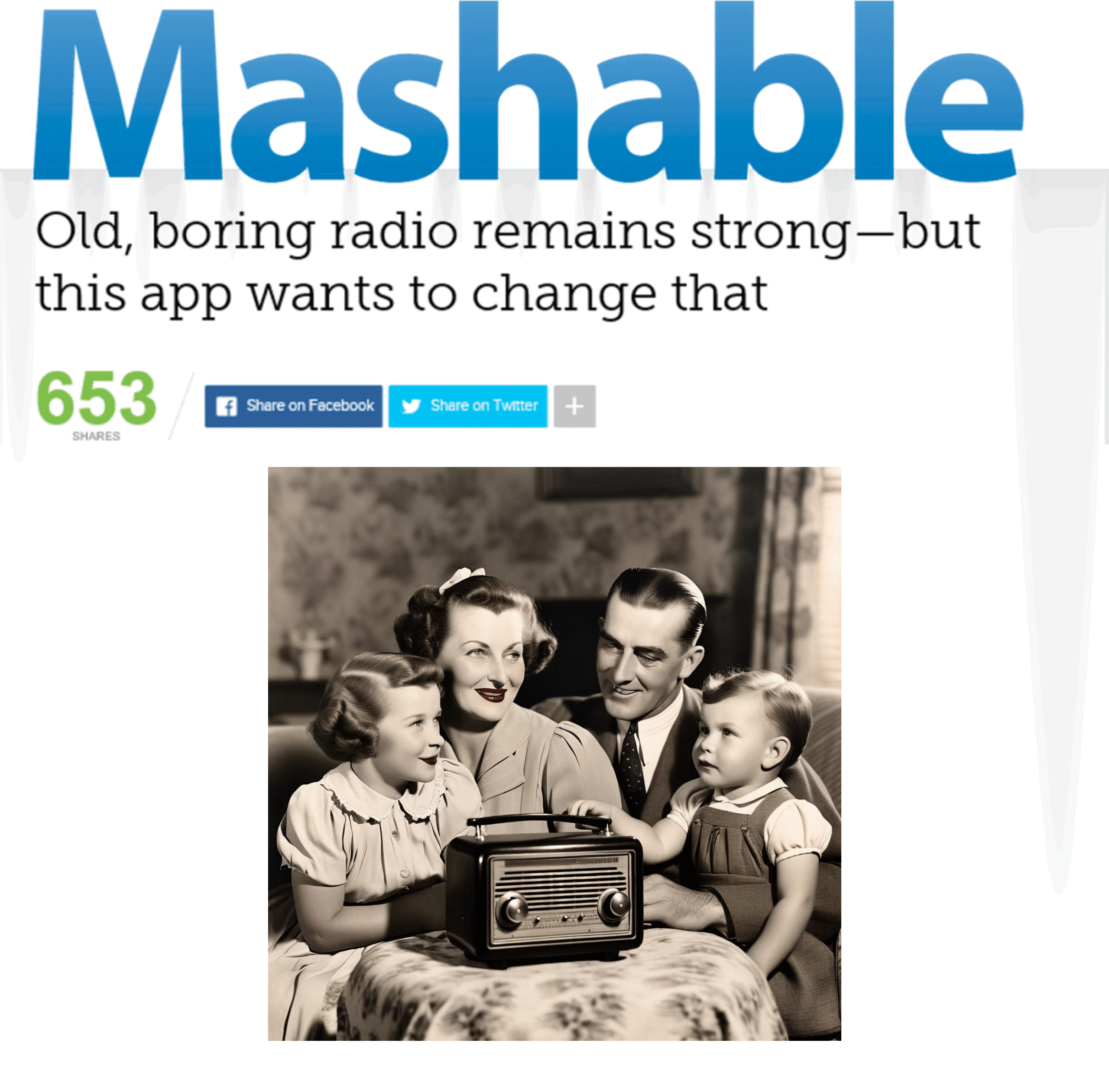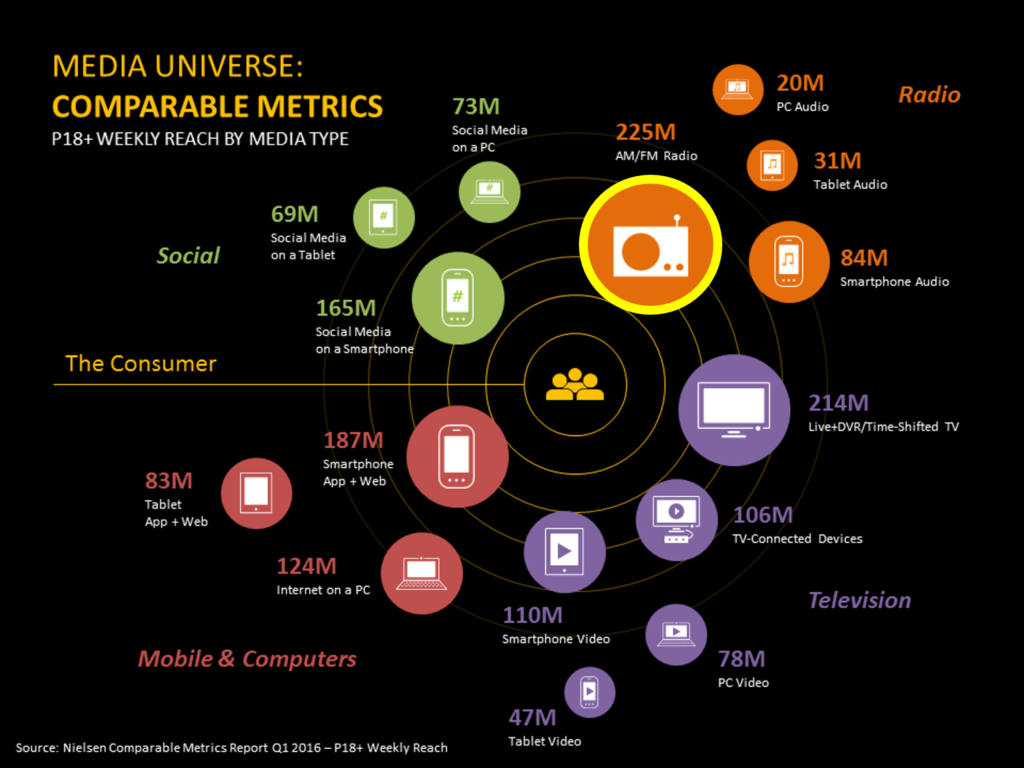
The photo originally published was not available. The one that appears here has been licensed with Shutterstock.
The media world continues to experience nonstop changes, topics I’m always looking to cover here in JacoBLOG.
Unfortunately, the way in which radio is covered by the “mainstream media” doesn’t change. Invariably, journalists either mock broadcast radio or write it off as “yesterday’s news,” a platform from the past with little relevance today. That’s certainly the case with the story and headline (above) from Mashable that’s our topic on today’s #TBT post.
It’s easy to blame radio’s perceptual problem on media and tech columnists. But radio leadership and its trade organizations have a hand in this, often by being reactive rather than proactive. Like most digital trends of the past quarter centuries, radio has either been slow to embrace them or simply hopes they will become flashes in the media pan.
Today’s post is eight years old, but little has changed. Broadcast radio’s longevity and record for public service, as well as providing entertainment and information all over the country is often overlooked. Marketing, storytelling, and a more proactive stance would most certainly be helpful. And in case you were wondering, that hot new app being ballyhooed by Mashable is no longer available in app stores, having gone the way most radio wannabe apps go. – FJ
May 2017
I get it. It’s about writing sensational, provocative headlines and posting photos guaranteed to stand out and get a laugh. I’ve got the same challenges writing this blog.
But this Mashable story by Jason Abbruzzese takes a double cheap shot at broadcast radio, first with a degrading headline, and then with a photo from the 1940s depicting people listening to radio like they did when F.D.R. was in the White House. James Cridland would call it “lazy.” He’s nice and more proper than me. I call it “lame,” and let’s add in “demeaning” and “unwarranted.”
And ironically, the story is ultimately a left-handed compliment to radio, acknowledging that in spite of it being “old” and “boring,” it is the one to beat. Abbruzzese looks at an app called 60db that uses bite-sized on-demand content – like hundreds of other apps before it. 60db launched last September, and is already pivoting to try to find its sweet spot.
Interestingly, this same theme – that radio is king and everyone else covets its audience, its reach, its simplicity, and its position in the daily fabric of millions of people’s lives – came up in a statement by Sirius/XM CEO Jim Meyer on an investor call. While Meyer claimed satellite radio “dominates in-car listening today” (it doesn’t), he continues to admit SiriusXM’s “primary competitor” is broadcast radio, a medium his listeners tune to “for local weather, local sports, local news.”
True that, but he left out personalities, social acknowledgment, habitual listening, emotional brand connection, and of course, the other key benefit of broadcast radio that SiriusXM cannot compete against: IT’S FREE.
So, now that I’ve cooled off over the Mashable story, I’ve come up with a replacement image for the “old time radio” photos so many snarky writers opt for. How about running the Nielsen graphic below, depicting the total weekly reach of various sources in a solar system worth of media and entertainment sources and platforms.

Yes, I’ve drawn the aura around radio…and for good reason. And if SiriusXM was on this chart, it’s estimated 51.6 million audience (from the “advertise with us” page from its website) is less than a quarter of AM/FM radio’s mass – not a major planet. If 60db was plotted in the media solar system, it would barely be the size of your average asteroid.
Does broadcast radio have challenges and issues, amid all the disruption? Without a doubt, and virtually everyone in the business acknowledges that. We talk about many of those issues in this blog in the belief that radio can and needs to do better in order to effectively compete.
But old, boring, and living in a sepia-toned living room?
Not even close.
Mashable, you’re better than this.
Originally published by Jacobs Media








